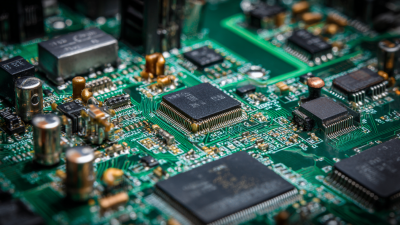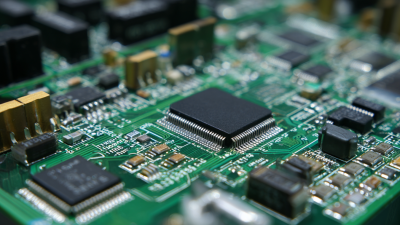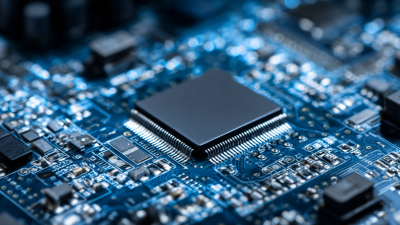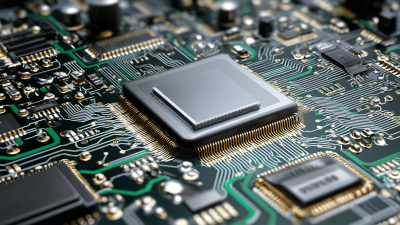30+ Years of Experience in PCB Design and Manufacturing
As we venture into an era defined by rapid technological advancements, the field of circuit board design is undergoing significant transformations that promise to reshape the landscape of electronic devices and systems. Innovations in circuit board design not only drive the efficiency and performance of consumer electronics but also pave the way for groundbreaking applications in industries such as automotive, healthcare, and aerospace. This exploration delves into the future of circuit board design, examining emerging trends, tools, and materials that are revolutionizing how these crucial components are conceived and manufactured.
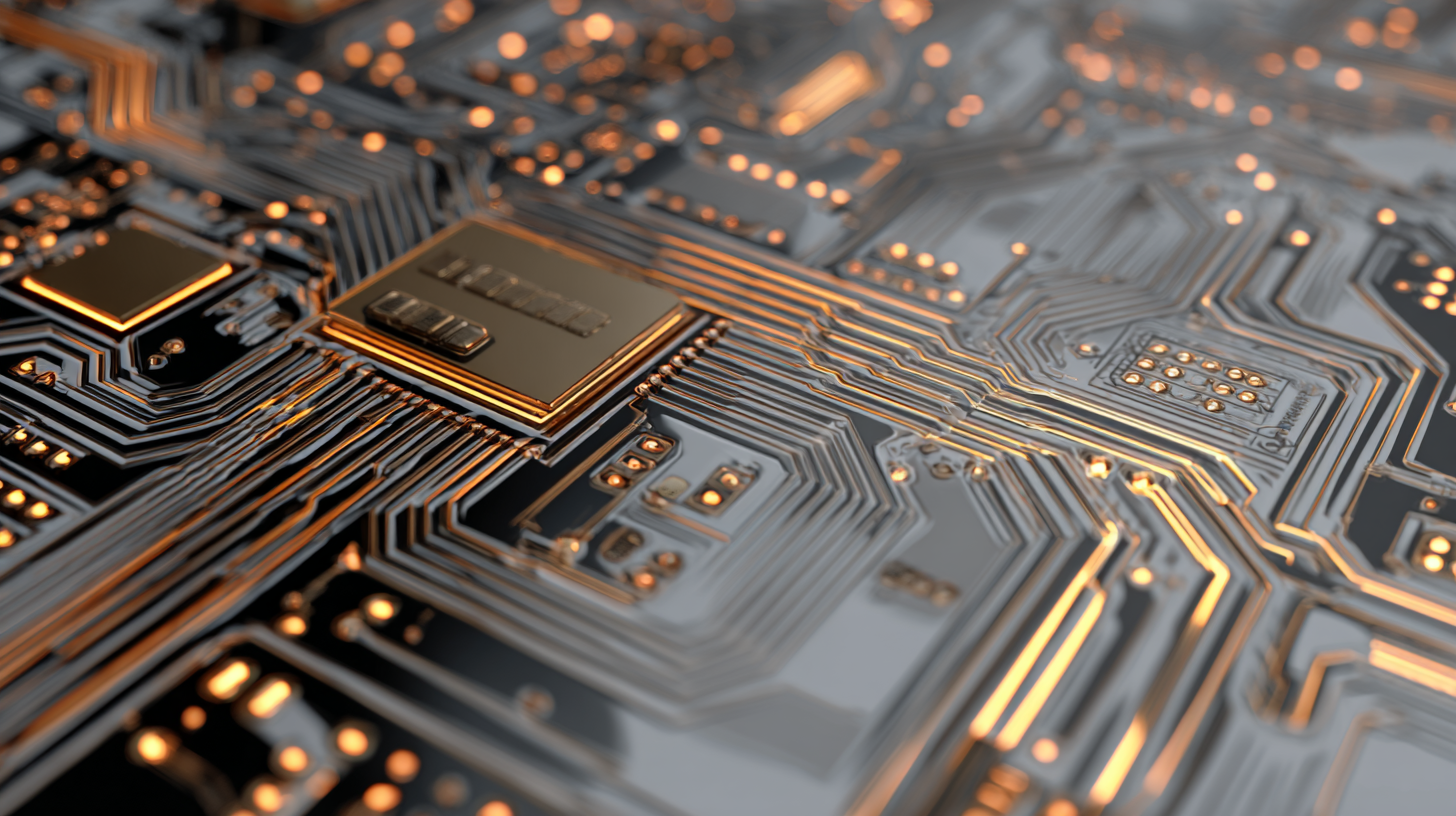
Furthermore, we will evaluate the broader implications of these innovations, considering how enhanced circuit board design will influence the technology we depend on daily, from the devices in our homes to the infrastructure that supports our interconnected world. In this journey, we aim to highlight why circuit board design will remain a focal point in the evolution of technology and how it propels us toward a smarter, more efficient future.
The future of circuit board design is characterized by several key trends that are poised to significantly alter technological landscapes. As reported by industry sources, the global market for electronic circuit boards is expected to grow at a compound annual growth rate (CAGR) of approximately 5% through 2027. This growth is driven by the increasing demand for high-performance and lightweight electronic devices across various sectors, including consumer electronics, automotive, and telecommunications.
One of the most notable innovations in circuit board design is the evolution of semiconductor packaging. Advanced packaging technologies, such as 3D packaging and System-in-Package (SiP), are gaining traction, enabling greater integration and miniaturization of components. As more devices demand smaller form factors, these packaging innovations will not only enhance performance but also contribute to energy efficiency. Moreover, the potential consolidation in the semiconductor industry, with major players eyeing strategic acquisitions, could further accelerate these innovations. Analysts predict that such shifts could realign supply chains and enhance the capabilities of circuit boards, ultimately shaping the way technology evolves in the coming years.
The integration of artificial intelligence (AI) into circuit board design is transforming the electronic industry landscape. Recent advancements signal a shift towards more efficient and intricate designs, addressing the increasing complexity of electronic devices. Reports indicate that the demand for sophisticated circuit board designs is rising, driven by the need for high-performance, reliable components capable of managing higher power densities and intricate multi-layer structures. As a result, companies are leveraging AI to enhance design processes, enabling automated optimization that was previously unattainable.
For instance, AI tools are now being incorporated into Electronic Design Automation (EDA) to improve productivity significantly. This evolution allows engineers to concentrate on innovative aspects of design while routine tasks are managed by AI algorithms. The market for AI-enhanced EDA tools is projected to grow, reflecting a broader trend towards automation across the industry. Additionally, the recent emergence of specialized platforms illustrates the industry's commitment to utilizing AI not just in software but also in hardware design, fundamentally redefining the role of PCB designers in the process. As this technological revolution unfolds, the interplay between AI and circuit board design will continue to shape the future of electronics, paving the way for smarter, more efficient devices.
The circuit board manufacturing industry faces significant challenges in achieving sustainability,
primarily due to the environmental impact of materials and processes involved. Traditional circuit boards are often made from
non-biodegradable materials that contribute to electronic waste.
The disposal of these boards after their lifecycle not only exacerbates urban landfill issues but also poses serious risks
to soil and water quality due to hazardous substances. To address these challenges, manufacturers are exploring the development
of biodegradable substrates and utilizing eco-friendly components that can significantly reduce
the environmental footprint.
Innovative solutions are emerging to promote sustainability in circuit board design and production. This includes the
implementation of closed-loop recycling systems, which allow for the recovery
and reuse of materials from discarded electronics. Additionally, advancements in manufacturing technologies, such as
additive manufacturing or 3D printing, are facilitating the reduction
of material waste and energy consumption. By embracing these innovations, the industry can move towards more sustainable practices
while meeting the growing demands for efficient and eco-conscious electronic devices in a rapidly evolving technological landscape.

The rapid advancement of 5G technology and the Internet of Things (IoT) is significantly shaping the future of circuit board design. As devices become more interconnected, the demand for high-speed data transmission and efficient energy use drives innovation in circuit board materials and layouts. Traditional designs are being re-evaluated to accommodate the miniaturization required for IoT devices, which often need to fit into smaller, more compact spaces while maintaining performance. This has led to the exploration of new materials, such as flexible substrates and advanced laminates, that not only enhance signal integrity but also improve thermal management.

Moreover, the integration of 5G technology necessitates circuit boards that can support higher frequency operations. This has prompted engineers to focus on reducing signal loss and optimizing layout designs to handle the complex demands of 5G networks. Innovations such as embedded passive components and advanced multilayer configurations are becoming increasingly popular, facilitating enhanced functionality without increasing the size of the circuit board. As these technologies continue to evolve, they promise to transform the landscape of electronics, enabling smarter, faster, and more efficient devices that will redefine how we interact with technology in our daily lives.
The evolution of circuit board technology is increasingly centered around the integration of advanced materials, which plays a pivotal role in enhancing performance and functionality. Recent projections indicate that the global printed circuit board (PCB) market will reach a valuation of approximately $100 billion by 2025, driven largely by innovations in materials science. High-frequency laminates, flexible substrates, and advanced composites are being developed to meet the rising demands of miniaturization and increasing data speeds required for modern applications, including 5G and Internet of Things devices.
One of the most promising materials in this arena is liquid crystal polymer (LCP), known for its exceptional thermal stability and low dielectric loss. According to a report from Research and Markets, the use of LCP alone is expected to grow by over 15% annually as manufacturers seek reliable materials that can support higher frequencies without compromising efficiency. Additionally, sustainable materials like biodegradable composites are paving the way for greener electronics, as the industry seeks to reduce its environmental impact while maintaining performance. This integration of innovative materials is not just a trend; it is a necessary evolution that will dictate the future landscape of circuit board design and its integration into advanced technological systems.
